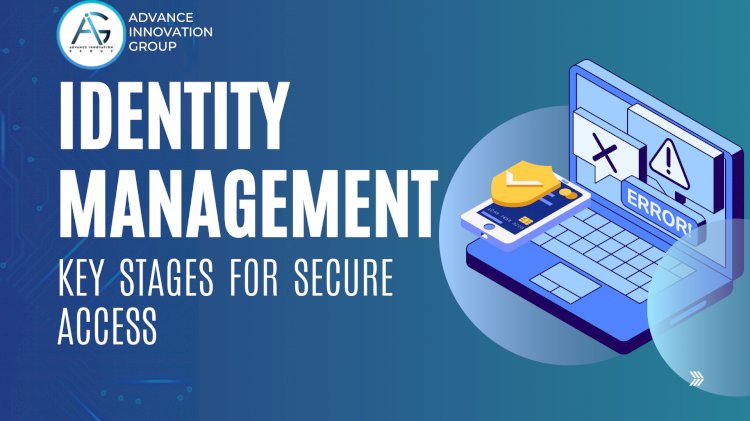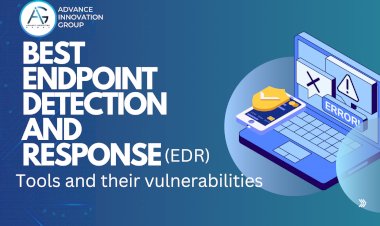What is Identity Management and what are the lifecycle stages from info sec standpoint?

Identity Management is a set of policies, processes, and technologies used to manage and secure access to systems and data by defining and controlling how users are authenticated, authorized, and managed throughout their lifecycle. It ensures that the right individuals have appropriate access to resources while protecting against unauthorized access.
From an information security standpoint, identity management is essential for securing sensitive information, enforcing compliance, and maintaining user accountability across digital environments.
Identity Lifecycle Stages in Information Security
- Identity Creation (Onboarding)
- Description: The lifecycle begins when a new user (employee, contractor, or external partner) is added to an organization’s system.
- Key Processes:
- User Verification: Confirming the user’s identity and affiliation with the organization.
- Account Creation: Generating a unique identity (username) within the system, often linked to an email or unique identifier.
- Access Provisioning: Granting initial access rights based on the user’s role, function, or department.
- Security Considerations: Ensuring that only authorized individuals are onboarded, with least privilege access granted based on their job requirements.
- Identity Maintenance and Access Management
- Description: This stage covers the ongoing management of user access, including changes in roles, responsibilities, or job functions.
- Key Processes:
- Access Requests and Approvals: Users request additional access when needed, subject to approval workflows.
- Role-Based Access Control (RBAC): Access permissions are managed according to the user’s role to prevent excessive or unnecessary access.
- Multi-Factor Authentication (MFA): Adding an extra layer of security, particularly for accessing sensitive resources.
- Security Considerations: Regularly review and adjust permissions to prevent access creep, where users accumulate more permissions than necessary.
- Identity Auditing and Monitoring
- Description: Ongoing monitoring and auditing to ensure compliance, detect unusual behavior, and identify potential security risks.
- Key Processes:
- Access Logs and User Activity Monitoring: Tracking logins, data access, and other actions to detect suspicious or unauthorized activities.
- Periodic Access Reviews: Reviewing access rights periodically to ensure they align with current roles and responsibilities.
- Alerting and Incident Response: Generating alerts for unusual or unauthorized access attempts, enabling prompt incident response.
- Security Considerations: Ensuring continuous monitoring and real-time alerts for anomalous activities to prevent data breaches.
- Privilege Management and Elevated Access Control
- Description: Managing and securing access for privileged accounts, which have higher access rights and can perform sensitive actions.
- Key Processes:
- Privileged Access Management (PAM): Securing and monitoring accounts with elevated access rights (e.g., system administrators, and database managers).
- Just-in-Time Access: Granting temporary elevated access only when needed to minimize risk.
- Session Recording: Recording privileged sessions for accountability and post-incident analysis.
- Security Considerations: Implementing strict controls and audits around privileged access to minimize insider threats and unauthorized actions.
- Identity Modification (Role Changes and Lifecycle Events)
- Description: Adjusting user access rights and permissions due to job changes, promotions, demotions, or department transfers.
- Key Processes:
- Role Reassignment: Adjusting access levels and permissions to match new responsibilities.
- Revoking Excess Access: Removing access rights no longer needed based on the new role.
- Compliance Check: Ensuring role changes are documented and aligned with security policies and regulatory requirements.
- Security Considerations: Immediate adjustments to prevent unauthorized access resulting from outdated or excess permissions.
- Identity Suspension and Termination (Offboarding)
- Description: This is the final stage, covering the termination or suspension of an identity’s access to organizational resources.
- Key Processes:
- Access Revocation: Disabling accounts and removing all access rights upon termination.
- Data and Device Retrieval: Ensuring that all organizational devices, credentials, and data are returned or removed from the user’s possession.
- Account Deletion or Archiving: Deleting or securely archiving the account as per retention policies.
- Security Considerations: Rapid offboarding is crucial to prevent unauthorized access after employment ends, particularly for users with elevated privileges.
Security Best Practices in Identity Management
- Least Privilege Access: Only provide the minimum access needed for users to perform their job functions.
- Multi-Factor Authentication (MFA): Enforce MFA for additional security, especially for accessing sensitive data or systems.
- Regular Audits and Compliance Checks: Conduct frequent audits to ensure access aligns with roles and that security policies are adhered to.
- Automated Identity Management Solutions: Use automated identity management tools to streamline user provisioning, de-provisioning, and role changes.
- Privileged Access Management (PAM): To reduce insider threats and unauthorized changes, manage and monitor privileged accounts closely.

 Pranay Kumar
Pranay Kumar 


































Comments (0)
Facebook Comments